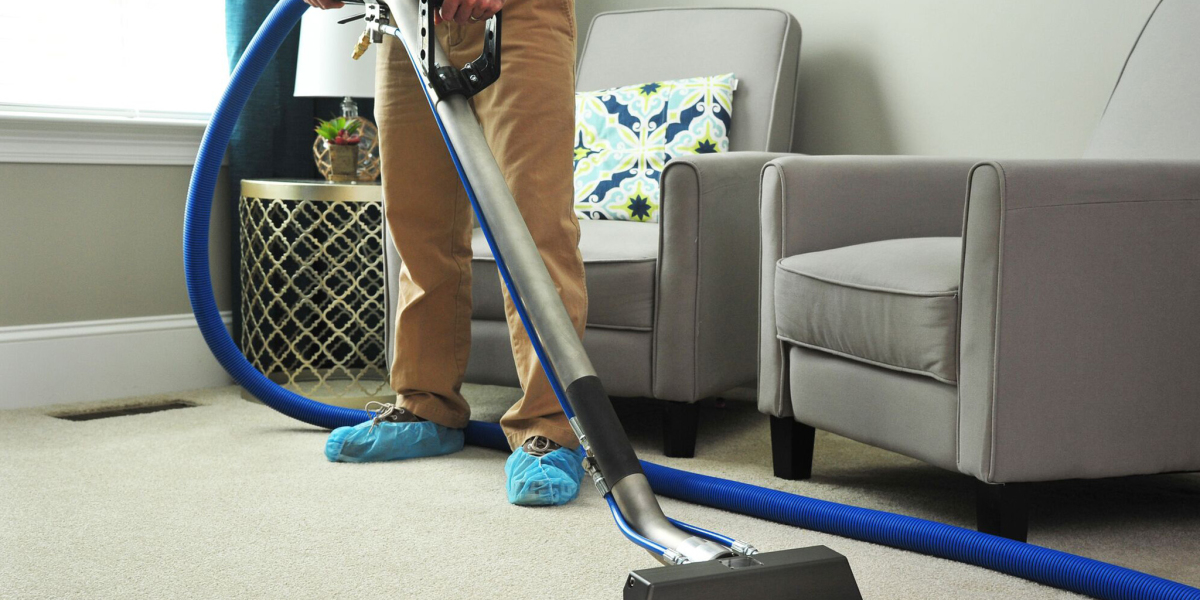As the popularity of 3D printing continues to rise, it is essential to understand the 3D printer hazards that can arise in a home environment. While this innovative technology offers numerous benefits, it also presents potential risks that users must be aware of to ensure safety.

Identifying Common 3D Printer Hazards
What are the primary hazards associated with 3D printing? Understanding these risks is crucial for anyone considering using a 3D printer at home. Here are some common hazards:
- Fumes and Particulates: Many 3D printing materials, such as ABS and PLA, can emit harmful fumes and ultrafine particles during the printing process.
- Fire Risks: 3D printers operate at high temperatures, which can pose a fire hazard if left unattended or improperly maintained.
- Mechanical Injuries: Moving parts of the printer can cause injuries if users are not cautious while operating or maintaining the device.
- Material Safety: Some filaments may contain toxic substances, making it essential to choose materials wisely.
Understanding Fumes and Particulates
One of the most significant 3D printer hazards involves the emissions produced during printing. Many thermoplastics release volatile organic compounds (VOCs) and ultrafine particles that can be harmful when inhaled. To mitigate these risks, consider using a printer with an enclosed design or operating in a well-ventilated area. Additionally, using a filtration system can help reduce exposure to these harmful substances.
Fire Safety Precautions
Fire safety is another critical aspect of managing 3D printer hazards. Since 3D printers can reach high temperatures, it is vital to monitor them closely during operation. Always place your printer on a non-flammable surface and avoid leaving it unattended. If you are concerned about fire risks, consider investing in a smoke detector for your workspace.
Mechanical Safety and Material Handling
Mechanical injuries can occur if users are not careful around moving parts. Always ensure that the printer is powered off before performing maintenance or adjustments. Furthermore, when handling materials, be aware of the safety data sheets (SDS) for each filament to understand any potential hazards associated with their use.
For more detailed information on 3D printing safety, you can visit this resource.
Conclusion: Staying Informed and Safe
In conclusion, while 3D printing offers exciting possibilities, it is essential to remain informed about the 3D printer hazards that can arise. By understanding the risks associated with fumes, fire safety, mechanical injuries, and material handling, users can take proactive steps to create a safer printing environment. Always prioritize safety and stay updated on best practices to enjoy the benefits of 3D printing responsibly.








